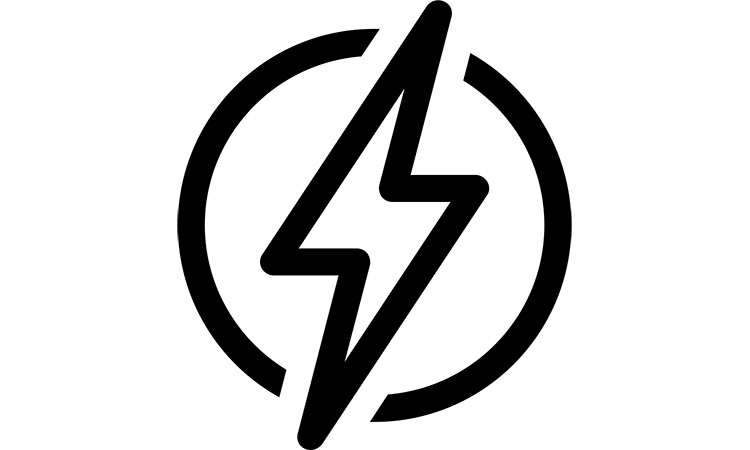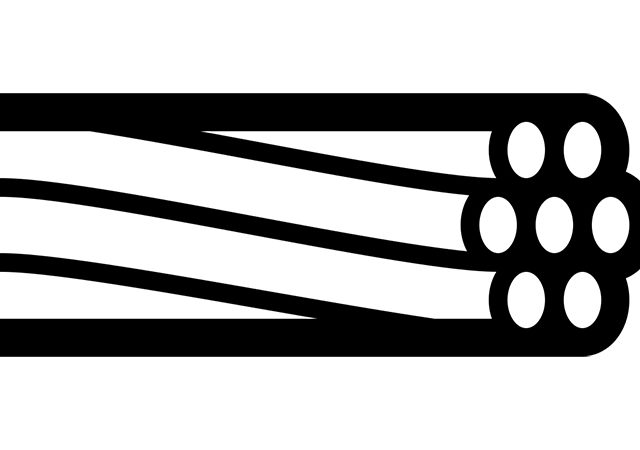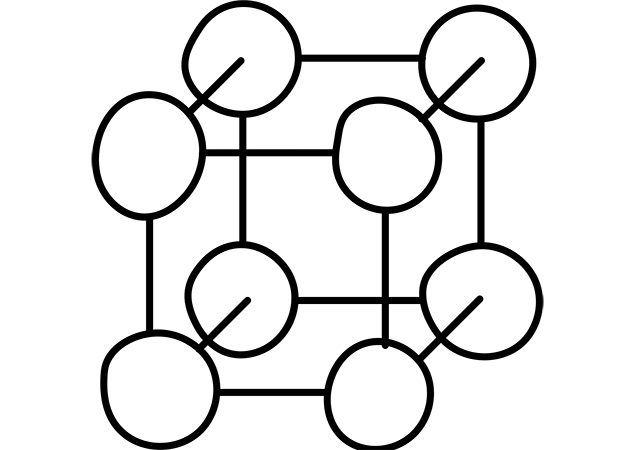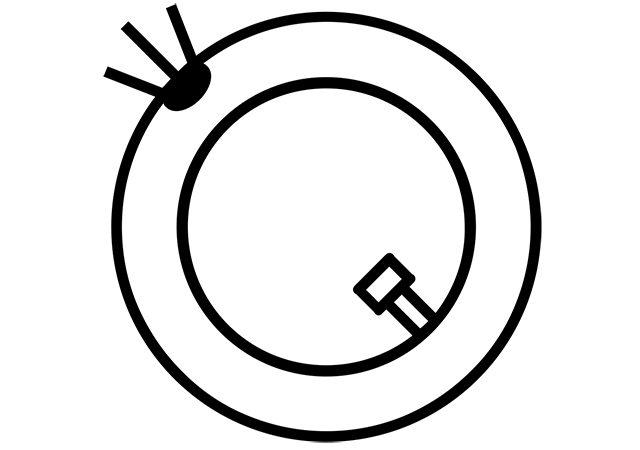Materials in electronics can be classified as electrotechnical, constructional and special. Electrotechnical materials are classified by four groups:
- Conductors
- Semiconductors
- Isolators
- Magnetic materials.
Electrotechnical materials are those which have some specific features at the electromagnetic field, and are used in electronics according to their features. Different materials are affected by the electric, magnetic or complex fields. Electrotechnical materials can be strongly magnetic and weekly magnetic, according to their magnetic behaviour. They can be conductors, isolators and semiconductors according to their electrical behaviour. Most electrotechnical materials are weak magnetics or non-magnetics. However, there are some conductors, semiconductors and isolators among magnetic materials, and this feature determines the frequency range of their application.
Conductors feature materials which main feature is highly pronounced conductivity, with ambient temperature. And that is why they are used in electronics.
Semiconductors feature materials that are intermediate between conductors and isolators, and their conductance is highly dependant on the concentration and type of impurities and defects, and external impacts like temperature, light, etc.
Insulators features materials whose main feature is their ability for polarisation, and they can also support the existence of an electrostatic field. A real isolator is close to ideal when its conductivity is very low and its polarisation is low pronounced. Passive features of dielectrics are applied to the capacitors, and insulation materials. Insulating materials are those who bloke any electric charge leakage. Active isolators are ferroelectrics, piesoelectrics, pioelectrics and electroluminiphors.
According to conductivity of materials, conductors are materials with conductivity ρ <10-5Ohm per m, isolators are those with conductivity ρ <10-8Ohm per m. Semiconductors have conductivity in the range 10-5 < ρ < 108 Ohm per m.
Some conductors can behave as insulators with low temperatures, at the same time insulators can perform as semiconductors.
For understanding electric, magnetic and mechanical properties of materials it is crucial that their atomic structure and structural defects, their chemical and phase consistence are known.




